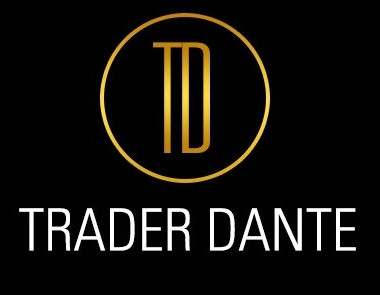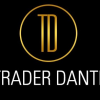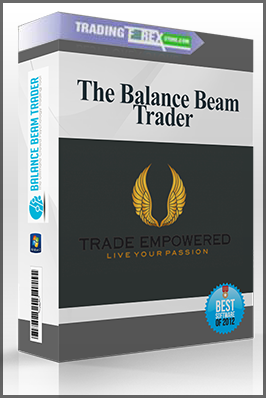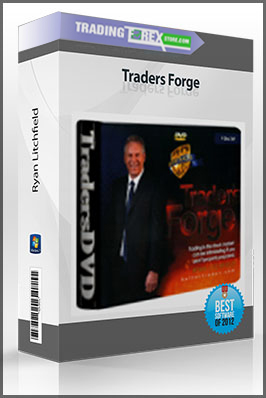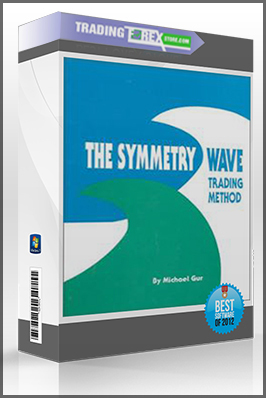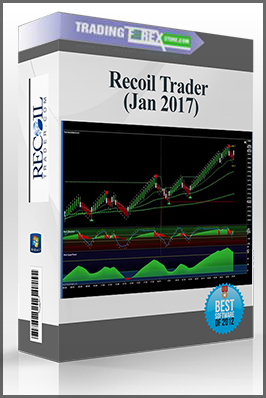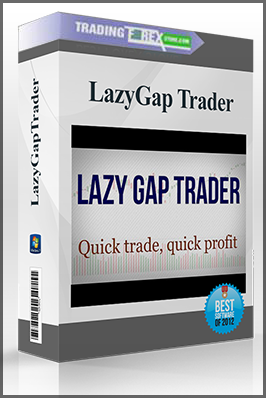-70%
trader-dante.com – Special Webinars Module 1
$65.00
Cost For You: $65
- Description
Description
Sale page: http://www.trader-dante.com/topics.html
What is taught on the course?
| Below are some of the key elements that are covered in the course:– Who you are playing against and what the playing field is like. – Understanding the relationship between probability and pay off in creating your edge. The role of luck. – The implications of trading as a business. – Knowing yourself: What is your edge over the next trader? What is their edge over you? How to overcome your weaknesses and play to your strengths. – How to set up a professional trading desk. – Choosing an excellent broker to maximise your edge. – Understanding the essential tools of the trade, including why you might not be looking at the same chart as the professionals – The difference between un-adjusted and continuous futures charting. – The market dynamics: How markets move and advertise themselves to find value. – Why the institutional traders need liquidity and specifically how they get it. – How and where traders get trapped and what to look for to exploit this for profit. – Why the commonly taught price action trading techniques are no better than “lagging indicators”. – Exactly how and where to draw the most effective support/resistance levels. – Identifying day types for estabilishing intraday directional biases. – Identifying which are the key levels to do business at: Where to enter, place a stop and a profit target to swing trade effectively using only a simple candlestick chart. – The highest probability trade you can make when the market gaps either up or down. – How to read Market Profile charts to make better trading decisions. – How to read order flow effectively from a DOM to not only refine entries but spot setups you can’t see from standard charting pratices. – How to read a footprint chart and how you can use it to take high probability trades with excellent payoffs – Using volume profiling to isolate areas to trade at. – How risk/reward is not a static concept and why moving to break even does not create a “free trade”. – When to hold and when to fold: How to trail a stop effectively when the market moves in your favour. What to look for to get out of a losing position before the market hits your stop. – Risk management and position sizing. – Understanding market correlations. – How to effectively “work an area”. – Pyramid positioning to achieve high returns. – Specific techniques for growing a small account. – Positioning into and out of news and effectively trading market rumours. – Understanding time of day and how it affects the market. – Keeping effective trading logs and analysing them to increase performance. – Specific drills to practice to increase your trading performance. – Understanding market sentiment and spotting when to join it and when to fade it. – Focusing on a specific market: Fitting the market to the traders personality. Building a profile on your market. – The specific routine to follow each day for success. How to organise yourself before, during and after market hours whether you are a full time of part time trader. – Devising a process for continual self improvement. – How to build a detailed trading plan to achieve success and creating a visual map to make sure you can identify profitable trades, quickly. |

